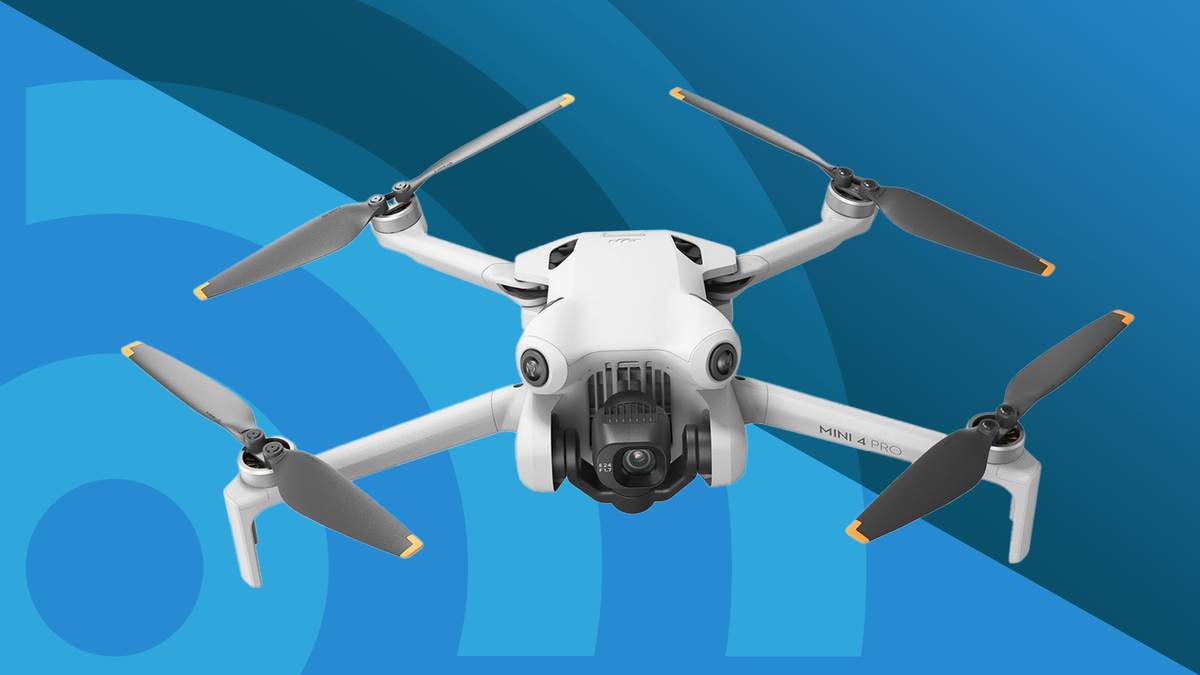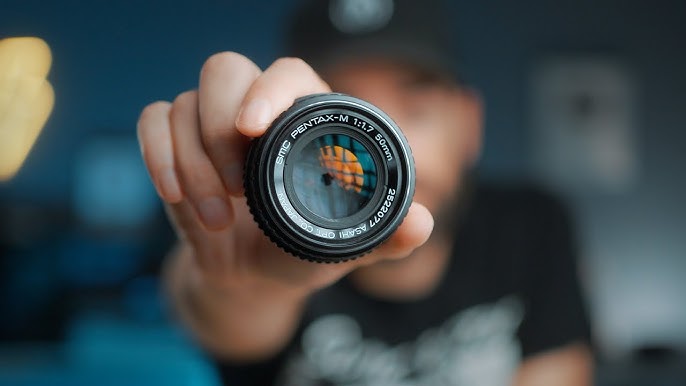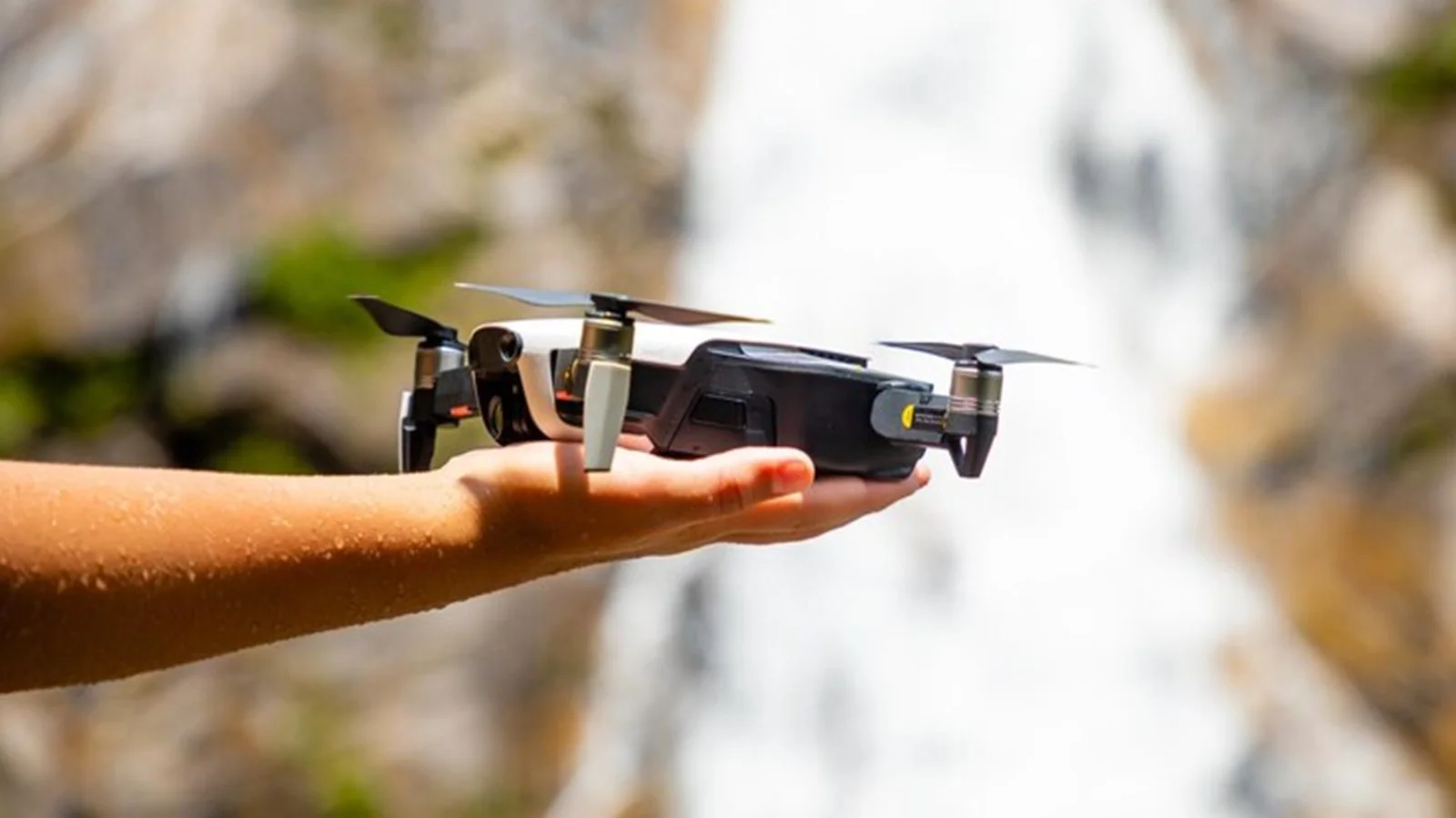In the ever-evolving world of drone technology, camera features play a crucial role in determining the quality and versatility of aerial footage. Whether you’re a professional photographer, filmmaker, or hobbyist, understanding the various camera features available in drones can help you make an informed decision.
This article compares the essential drone camera features, highlighting their importance and how they affect your aerial photography and videography.
Key Camera Features to Consider
- Resolution
- Sensor Size
- Lens Quality
- Stabilization
- Frame Rate
- Low-Light Performance
- Field of View (FOV)
- Zoom Capabilities
- Color Profiles and Shooting Modes
- Connectivity and Remote Control
Feature Comparison
1. Resolution
What It Is: Resolution refers to the amount of detail the camera can capture, measured in pixels. Higher resolution means clearer, more detailed images and videos.
- High-Resolution Example: DJI Mavic 3 Pro offers 5.1K video resolution, providing exceptional detail.
- Standard Resolution Example: DJI Mini 3 Pro offers 4K video resolution, suitable for most applications.
Importance: Higher resolution is crucial for professional work, where detail and clarity are paramount, but may be less critical for casual or recreational use.
2. Sensor Size
What It Is: The sensor size determines how much light the camera can capture, impacting image quality, particularly in low-light conditions.
- Large Sensor Example: DJI Inspire 3 features a full-frame sensor, capturing more light and detail.
- Small Sensor Example: Ryze Tello has a smaller 1/2.3-inch sensor, limiting its performance in low-light scenarios.
Importance: Larger sensors generally provide better image quality and performance in varied lighting conditions, making them ideal for high-quality photography.
3. Lens Quality
What It Is: Lens quality affects the sharpness, color accuracy, and distortion of images.
- High-Quality Lens Example: Autel EVO Lite+ includes a high-quality lens with minimal distortion and excellent color rendition.
- Basic Lens Example: Skydio 2 has a standard lens that performs adequately but may exhibit some distortion.
Importance: A good lens is essential for capturing sharp, clear images with accurate colors. High-quality lenses are especially important for professional work.
4. Stabilization
What It Is: Stabilization systems reduce camera shake and vibrations to ensure smooth, stable footage.
- Advanced Stabilization Example: DJI Air 2S and DJI Mavic 3 Pro use a 3-axis gimbal for superior stabilization.
- Basic Stabilization Example: Skydio 2 features a 2-axis gimbal, providing decent stabilization but less effective in turbulent conditions.
Importance: Effective stabilization is crucial for achieving smooth, jitter-free videos, especially in windy conditions or fast-moving shots.
5. Frame Rate
What It Is: Frame rate determines how many frames per second (FPS) the camera can capture, affecting video smoothness and the ability to create slow-motion effects.
- High Frame Rate Example: DJI Inspire 3 supports up to 60 FPS at 8K resolution, offering ultra-smooth video and slow-motion capabilities.
- Standard Frame Rate Example: DJI Mini 3 Pro supports 60 FPS at 4K resolution, providing smooth video for most needs.
Importance: Higher frame rates are beneficial for capturing fast-moving subjects and creating slow-motion effects, making them ideal for action shots and cinematic sequences.
6. Low-Light Performance
What It Is: Refers to how well the camera performs in low-light conditions, affecting the clarity and noise level of images and videos.
- Excellent Low-Light Performance Example: DJI Mavic 3 Pro and Sony Airpeak S1 excel in low-light scenarios with their large sensors and advanced processing.
- Moderate Low-Light Performance Example: Autel EVO Lite+ performs well but may exhibit some noise in very low-light conditions.
Importance: Good low-light performance is essential for capturing clear and detailed images in challenging lighting conditions, such as dusk or indoors.
7. Field of View (FOV)
What It Is: Field of View refers to the extent of the scene that the camera can capture. A wider FOV covers more area in a single shot.
- Wide FOV Example: DJI Mavic 3 Pro has a wide FOV, allowing for expansive landscape shots and panoramic images.
- Narrow FOV Example: Ryze Tello has a more limited FOV, which may restrict the breadth of your shots.
Importance: A wider FOV is beneficial for capturing broad landscapes and architectural shots, while a narrower FOV can be suitable for more focused compositions.
8. Zoom Capabilities
What It Is: Zoom capabilities allow you to magnify the subject without physically moving the drone.
- Advanced Zoom Example: DJI Mavic 3 Pro features a 7x optical zoom, enabling detailed close-ups from a distance.
- Basic Zoom Example: DJI Mini 3 Pro offers digital zoom, which can degrade image quality compared to optical zoom.
Importance: Optical zoom provides better image quality and flexibility for capturing distant subjects without compromising resolution.
9. Color Profiles and Shooting Modes
What It Is: Color profiles and shooting modes impact how images and videos are recorded and processed, offering various options for post-production.
- Advanced Profiles Example: DJI Mavic 3 Pro and Sony Airpeak S1 offer D-Log, HDR, and other professional color profiles for extensive post-processing.
- Basic Profiles Example: Autel EVO Lite+ provides standard color profiles with some advanced shooting modes.
Importance: Advanced color profiles and shooting modes allow for greater creative control and flexibility in editing, especially important for professional work.
10. Connectivity and Remote Control
What It Is: Refers to how the drone communicates with the remote control and any additional features such as live streaming and real-time image transmission.
- Advanced Connectivity Example: DJI Mavic 3 Pro features OcuSync 3.0 for reliable long-range transmission and real-time HD video streaming.
- Basic Connectivity Example: Ryze Tello uses Wi-Fi for connectivity, offering shorter range and less reliable transmission.
Importance: Reliable connectivity ensures stable control and real-time image feedback, which is crucial for precise shooting and maneuvering.
Conclusion
Understanding the key features of drone cameras is essential for selecting the right model for your needs. Whether you prioritize high resolution, advanced stabilization, or superior low-light performance, each feature plays a crucial role in determining the overall quality of your aerial photography and videography.
By evaluating these features, you can choose a drone that best fits your requirements, ensuring you capture stunning and professional-quality footage from the sky.









Leave a Reply